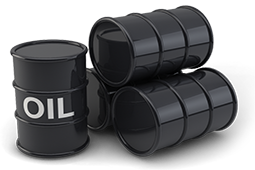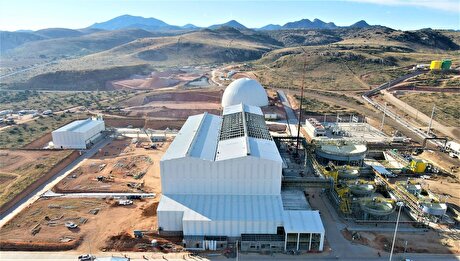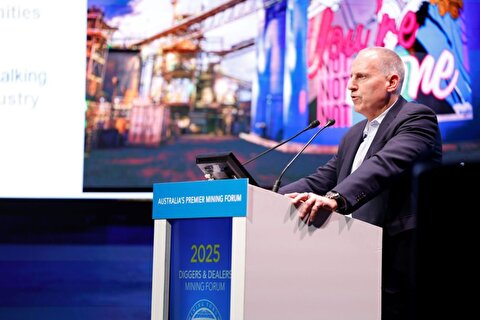
Viewpoint: 0.5pc fuel oil primacy to prolong tightness

Availability of 0.5pc fuel oil has become tight in ports across the Mediterranean as shipowners scramble to secure low-sulphur fuels before the International Maritime Organisation's (IMO) 0.5pc sulphur cap enters into force on 1 January. Bunker congestion at major Mediterranean ports could continue well into 2020, but the tightness will ease somewhat as the operational logistics of the switch from high-sulphur fuel oil (HSFO) fall more into place to give suppliers a clearer picture of how many barge tanks to allocate to the various high- and low-sulphur marine fuel grades.
Marine gasoil (MGO) has been forecast to account for a large share of low-sulphur fuel demand early on. But the compliant fuel of choice has so far been largely price-driven as cheaper but less familiar 0.5pc fuel oil blends have been favoured over more expensive MGO. While MGO demand has remained constant, 0.5pc fuel oil has displaced HSFO volumes because 0.5pc fuel oil is $40-80/t cheaper than MGO in Rotterdam and Gibraltar.
Availability will be better across grades in northwest Europe. Some suppliers in the Amsterdam-Rotterdam-Antwerp (ARA) hub are particularly well stocked with high-sulphur fuel oil (HSFO) and will look to sell their excess volumes at discounts. These HSFO stocks will balance out as more containerships, bulkers and tankers return to the water as scrubber-fitted HSFO users after extended periods in dry dock in November and December 2019.
It is likely that 0.5pc fuel oil will be more readily available in northwest Europe than in the Mediterranean going into 2020, which will sustain the high price premiums in Mediterranean ports until the logistical issues have smoothed out in the first quarter.
Many shipowners have negotiated contracts for the first and second quarters of next year for assurance of supply, but after that they will be looking to get more involved in the spot market.
Incompatibility between low-asphaltene blends predominantly produced in northwest Europe and very-low sulphur residue blends produced in the Mediterranean will disincentivise shipowners from co-mingling fuels bought from different suppliers in different ports. As 0.5pc fuel oil blends vary so much in specification, some shipowners have decided to measure their bunker purchases based on calorific content relative to price. While this can save a shipowner money, it divides the fuel into several classes and makes it harder to price.
Low to high-sulphur price spreads in the first and second quarters of 2020 will determine the year's scrubber uptake. Uncertainty over the price spreads between HSFO and fuels with less than 0.5pc sulphur had a slowing effect on scrubber fittings in the second half of 2019 as shipowners are waiting to see how these spreads evolve in the first half of 2020.
Scrubber-fitted vessels will not be able to bunker in several smaller ports as some Mediterranean suppliers have stopped offering high-sulphur 380cst marine fuel oil and will rely on larger bunkering hubs such as ARA and Gibraltar and some dedicated smaller ports. These vessels can still take MGO in emergencies, but repeated use of the more expensive distillate grade will affect payback times for scrubber investments. Large ships with the highest consumption levels require payback times of over 12-18 months to justify the investment.
Suppliers have been keen to announce credit agreements with large lending institutions, but they will remain reluctant to supply shipowners with patchy repayment histories, paving the way for traders to step in to fill the credit gaps when the cost of fuel doubles. Accessing credit could pose a particular problem to tramp shipping companies without credit lines that can be extended for more expensive low-sulphur fuels.
By Erik Hoffmann


Gold price edges up as market awaits Fed minutes, Powell speech

Glencore trader who led ill-fated battery recycling push to exit

Emirates Global Aluminium unit to exit Guinea after mine seized

UBS lifts 2026 gold forecasts on US macro risks

Iron ore price dips on China blast furnace cuts, US trade restrictions

Roshel, Swebor partner to produce ballistic-grade steel in Canada

US hikes steel, aluminum tariffs on imported wind turbines, cranes, railcars

EverMetal launches US-based critical metals recycling platform

Afghanistan says China seeks its participation in Belt and Road Initiative

First Quantum drops plan to sell stakes in Zambia copper mines

Ivanhoe advances Kamoa dewatering plan, plans forecasts

Texas factory gives Chinese copper firm an edge in tariff war

Pan American locks in $2.1B takeover of MAG Silver

Iron ore prices hit one-week high after fatal incident halts Rio Tinto’s Simandou project

US adds copper, potash, silicon in critical minerals list shake-up

Barrick’s Reko Diq in line for $410M ADB backing

Gold price gains 1% as Powell gives dovish signal

Electra converts debt, launches $30M raise to jumpstart stalled cobalt refinery

Gold boom drives rising costs for Aussie producers

First Quantum drops plan to sell stakes in Zambia copper mines

Ivanhoe advances Kamoa dewatering plan, plans forecasts

Texas factory gives Chinese copper firm an edge in tariff war

Pan American locks in $2.1B takeover of MAG Silver

Iron ore prices hit one-week high after fatal incident halts Rio Tinto’s Simandou project

US adds copper, potash, silicon in critical minerals list shake-up

Barrick’s Reko Diq in line for $410M ADB backing

Gold price gains 1% as Powell gives dovish signal

Electra converts debt, launches $30M raise to jumpstart stalled cobalt refinery

















